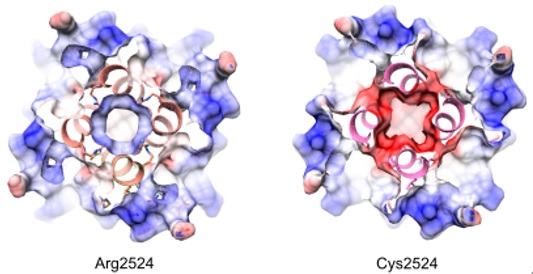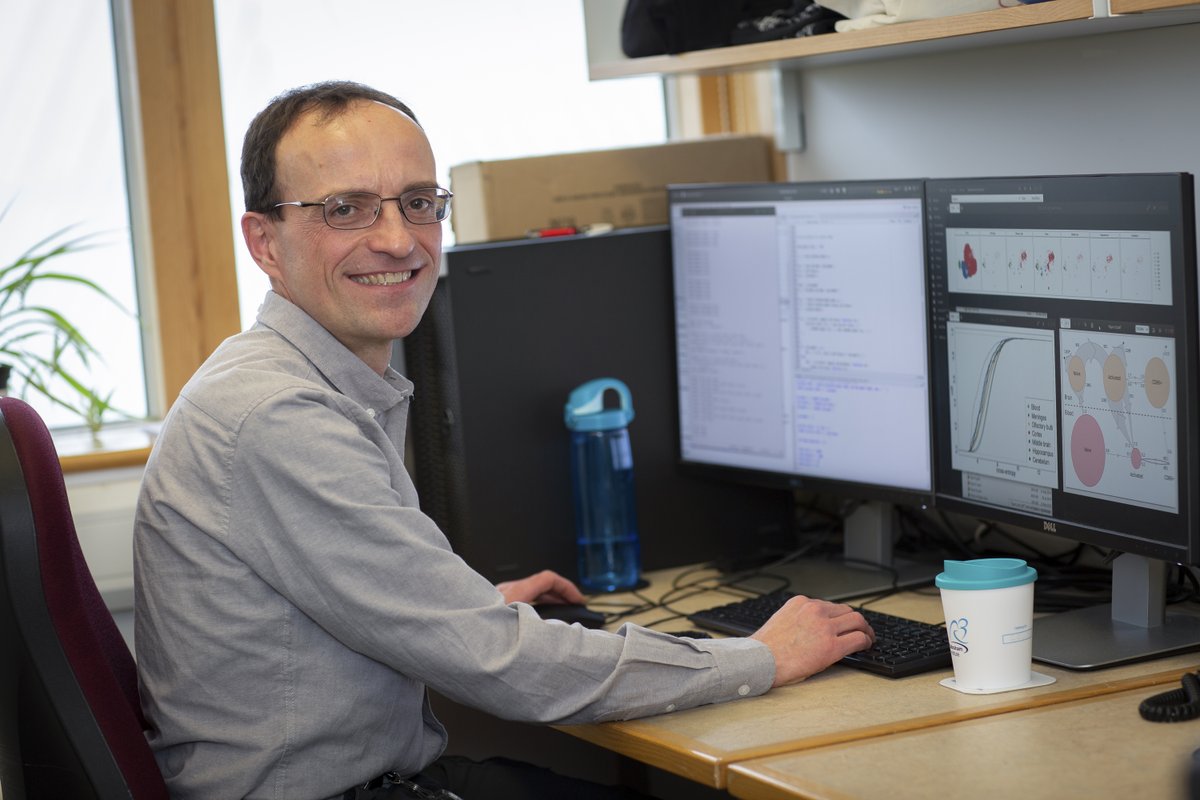
Excited to share our new paper out at @NatImmunol today! We discovered the limiting factor for #brain #Tregs is #IL2, and developed a new #genetherapy to treat #traumaticbraininjury and other #neuroinflammatory pathologies. 1/12
nature.com/articles/s4159…
nature.com/articles/s4159…
The work started more than 10 years ago, after my brother Russell died following a #traumaticbraininjury. The more I read into it, the more treatable #neuroinflammation seems. Obviously there is a #brain delivery problem, but stopping #inflammation is basic #immunology! 2/12 

We had a great post-doc, @EmanuelaPasciu1, drive a project showing #Tcells in mouse and human brain, with key functions. Among these T cells were a small population of anti-inflammatory #Tregs, again in mouse and human. 3/12
cell.com/cell/fulltext/…
cell.com/cell/fulltext/…
@EmanuelaPasciu1 So we knew there were #Tregs in the #brain, even under healthy conditions, but the numbers don't seem high enough to control #inflammation and promote repair after injury. The mission was clear: find and deliver the limiting factor in #traumaticbraininjury! Enter @ys_lidia. 4/12 

@EmanuelaPasciu1 @ys_lidia Key experiments with @jldvib demonstrated that the limiting factor for #brain #Tregs was the low survival rate in the brain. Work in the lab from @wullfbyte, going back more than a decade, demonstrated that #IL2 controls the survival rate of Tregs. 5/12
nature.com/articles/ni.26…
nature.com/articles/ni.26…
We teamed up with Matthew Holt @CBD_VIB @i3S_UPorto to design a system to feed extra #IL2 into the brain. The gene delivery system harnesses #genetherapy technology and #astrocyte biology, to bring brain IL2 levels up to the same level as the blood. 6/12
The system increases #brain #Tregs 10-fold, creating an anti-inflammatory environment. With @PascalBielefeld @FitzFitzsimons @UvA_Amsterdam we tested in #traumaticbraininjury, and the results were immediate - we were able to prevent most neurological damage! 7/12 

@PascalBielefeld @FitzFitzsimons @UvA_Amsterdam @sebastianmunck @BioImagingCore The great thing about this approach is that #Tregs are smart anti-inflammatory agents, able to deal with many different types of stress. We could hit with models of #stroke or #multiplesclerosis and saw the same protective effect! 8/12 

@PascalBielefeld @FitzFitzsimons @UvA_Amsterdam @sebastianmunck @BioImagingCore (In fact, our #IL2 treatment even works to prevent cognitive decline or #dementia in normal ageing when given to two year-old mice, but keep that under your hat as it is not yet peer-reviewed. 9/12)
biorxiv.org/content/10.110…
biorxiv.org/content/10.110…
@PascalBielefeld @FitzFitzsimons @UvA_Amsterdam @sebastianmunck @BioImagingCore What next? We'd love to move into a #clinicaltrial. All the pieces are in place (thanks @ERC_Research PoC!) and the tech can be directly translated. Each year 50 million #traumaticbraininjury patients need treatment, and families need hope. 10/12
@PascalBielefeld @FitzFitzsimons @UvA_Amsterdam @sebastianmunck @BioImagingCore @ERC_Research A labour of love, from me, @EmanuelaPasciu1 @ys_lidia @PascalBielefeld @jldvib and Matthew Holt, at @BabrahamInst, @KU_Leuven and @VIBLifeSciences, and amazing collaborators: @vdb_lab, @FitzFitzsimons @DeStrooperLab @LuVaDeBo @sebastianmunck @VE_ZSU @StijnVerschore1 +++. 11/12
@PascalBielefeld @FitzFitzsimons @UvA_Amsterdam @sebastianmunck @BioImagingCore @ERC_Research @EmanuelaPasciu1 @ys_lidia @jldvib @BabrahamInst @KU_Leuven @VIBLifeSciences @Vdb_lab @DeStrooperLab @LuVaDeBo @VE_ZSU @StijnVerschore1 Finally, the work couldn't have happened without @ERC_Research, @alzassociation and @BBSRC support. @equinoxgraphics made the videos and the great editorial team at @NatImmunol brought it across the finishing line. My thanks to every one, this will change lives. 12/12
• • •
Missing some Tweet in this thread? You can try to
force a refresh






